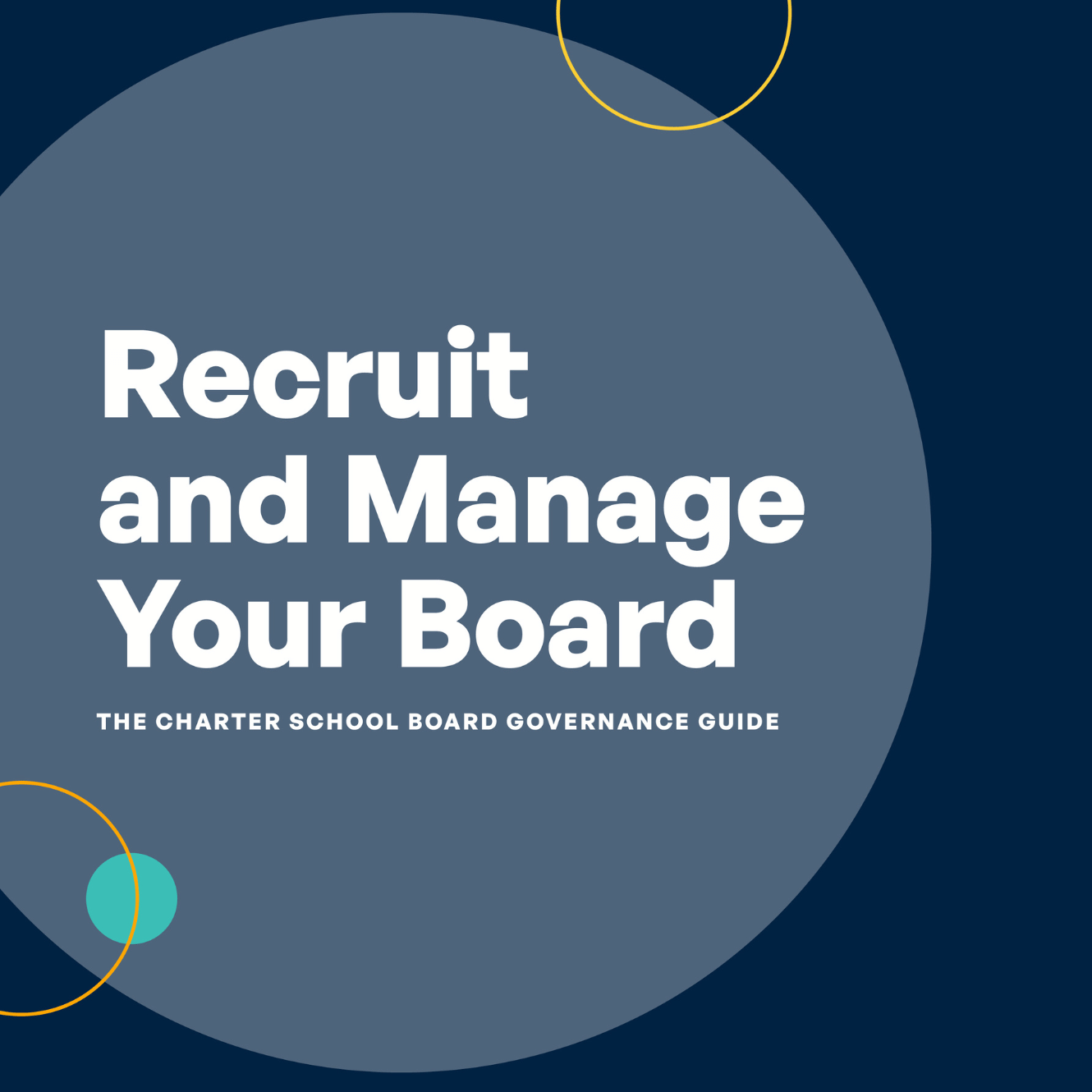Finding that sweet spot of collaboration between your charter school board and CEO can sometimes feel like walking a tightrope. You know the scenario: your board gets laser-focused on their strategic priorities and forgets to bring the CEO and leadership team into the conversation. Meanwhile, your CEO might feel like they’re speaking a completely different language than the board committees they’re supposed to work with.
This disconnect isn’t just uncomfortable—it can seriously impact your school’s ability to serve kids effectively. When leadership isn’t aligned, important decisions get delayed, resources get misallocated, and your team can feel caught in the middle.
The good news? You can fix this. It all starts with building a rock-solid partnership between your board chair and CEO. With regular check-ins, crystal-clear communication, and genuine mutual support, you can create the kind of collaborative leadership that helps schools thrive.
Why Board-CEO Alignment Matters More Than Ever
Charter schools face unique pressures that make strong leadership partnerships essential. You’re accountable to multiple stakeholders—families, authorizers, communities—while navigating complex regulations and funding challenges. When your board and CEO aren’t working in sync, these pressures can quickly become overwhelming.
Strong board-CEO partnerships create stability for your entire school community. Teachers can focus on instruction when they know leadership has a clear, unified vision. Families feel confident when they see consistent messaging and decision-making. And your school can respond quickly to opportunities and challenges when leadership is aligned.
Four Key Areas to Focus On
1. Be Proactive About Tracking Progress
Check-ins between your board chair and CEO should be way more than just status updates. Think of them as strategic alignment sessions where you ensure everyone’s moving toward the same goals.
What this looks like in practice:
- Schedule regular one-on-one meetings between the board chair and CEO (we recommend weekly or bi-weekly)
- Create a shared dashboard that tracks key school metrics both leaders can access
- Discuss not just what’s happening, but what support might be needed to reach goals
- Address potential roadblocks before they become real problems
Questions to ask during check-ins:
- Are we making progress on our key priorities?
- What obstacles are coming up that we need to tackle together?
- Where do you need additional support or resources?
- What feedback are we hearing from our school community?
Remember, if someone needs help, it’s time to figure out how to provide it. Maybe the CEO needs board support for a challenging family situation. Maybe the board needs help understanding new state regulations. These check-ins create space to ask for and offer support.
2. Clarify Roles and Boundaries
One of the biggest sources of tension between boards and CEOs comes from unclear roles. When everyone understands their lane and stays in it, you avoid the frustration of stepping on each other’s toes.
Board responsibilities typically include:
- Setting strategic direction and policy
- Hiring, supporting, and evaluating the CEO
- Ensuring financial oversight and legal compliance
- Serving as ambassadors for the school in the community
CEO responsibilities typically include:
- Implementing board-approved strategies and policies
- Managing day-to-day school operations
- Leading and developing staff
- Providing regular updates and recommendations to the board
Where collaboration happens:
- Strategic planning sessions where board and CEO work together
- Crisis management situations that require unified leadership
- Community engagement efforts that benefit from both perspectives
- Major decisions that impact the school’s mission and vision
The key is having honest conversations about these roles and revisiting them regularly. As your school grows and changes, your leadership structure might need to evolve too.
3. Maintain Radical Transparency

Everyone should know what’s happening in your school—the good, the challenging, and everything in between. Transparency builds trust and ensures that when tough decisions need to be made, everyone has the same information.
Financial transparency means:
- Regular budget updates that both board and staff can understand
- Clear explanations of any financial challenges or opportunities
- Advance notice about budget decisions that might impact programs or staffing
Operational transparency includes:
- Updates on academic performance and student outcomes
- Information about staff changes or organizational shifts
- Honest discussions about challenges with enrollment, facilities, or community relations
Communication transparency involves:
- Sharing feedback from families and community members
- Discussing any concerns raised by staff or students
- Being upfront about external pressures or opportunities
When curveballs come your way—and they will—transparency helps your leadership team respond as a unified group rather than scrambling to get everyone on the same page.
4. Commit to Continuous Improvement
Great partnerships don’t just happen; they’re built through ongoing reflection and adjustment. Regular check-ins give you the chance to evaluate what’s working, what needs tweaking, and what you might need to leave behind.
Questions for regular evaluation:
- How well are we communicating with each other?
- Are our meetings productive and focused?
- Do we have the right balance of board oversight and CEO autonomy?
- What feedback are we getting from our school community about our leadership?
Areas to assess regularly:
- Meeting structures and frequency
- Communication channels and methods
- Decision-making processes
- Board and CEO professional development needs
Don’t be afraid to experiment with new approaches. Maybe monthly board meetings aren’t working for your school’s schedule. Maybe you need more informal check-ins between formal meetings. Maybe your board committees need restructuring to better support the CEO’s work.

